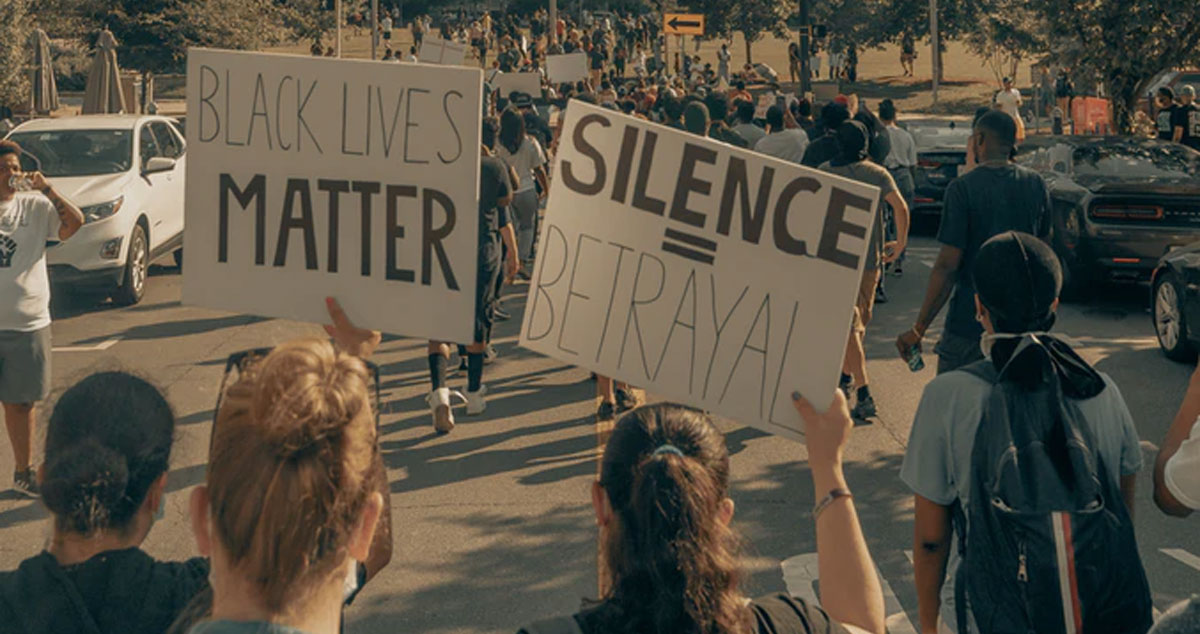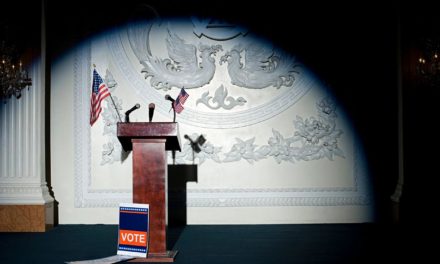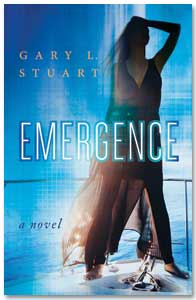The prompt for this blog is the prodigious number of poorly written protest signs in what has become all the rage in May/June 2020. Thankfully, this blog is not about how well-written they are, but rather whether they are ethically compliant. Protest signs are formatted like no other signs in America. You see things on protest signs that are useless on for-sale signs, stop signs, hand signs, and danger signs. So, what are the ethics of writing protest signs? Mostly, they are not subject to any rules other than legibility, persuasiveness, mobilizing, and of course rage.
Protest signs have two things in common: language and limited space. The language has to be recognizable and space limited to make the protest/function valid. And because most protest signs are moving at the same pace as the protesters are walking, language and space have to be absorbed quickly.
Signs can amuse, persuade, raise your blood pressure, lower your tolerance, and mobilize action. Few formats can accomplish these goals as ably or succinctly as the protest sign. That’s because protest signs are objects that signify something else—people. So, it’s not just the sign; it’s the people carrying the signs. If there’s not an obvious match, either you are at the wrong protest, or the sign carrier took a wrong turn.
But what of the ethicality of protest signs? What if they are fake, fallacious, immoral, or untrue? What if they reek of incredulity? In answering these questions, especially to assess whether the sign is ethically compliant, politics is a signpost. The central point of a public protest march or rally is to draw a crowd. Not a crowd of patient, well-mannered folk, walking for exercise. A proper protest crowd springs from raw political feeling distilled into signs that instantly translate the point of the protest.
When looking at the ethics of writing protest signs, the ethical tests are scant but vital. Protest signs that incite violence are unethical. Signs that promote looting, destruction, maiming or death are unethical. Signs that call for identifiable harm to innocent people are unethical. Signs that do nothing except display the need to destroy are unethical. Those are the easy ethical norms.
One of the most famous phrases in the legal history of this country starts like this: “You have the right to remain silent . . ..” But no one at a protest march ever carried a sign with that message. On either side of the yellow markings on the street.
Some American protest signs are legendary.
“Come Together in Peace.” In 1968, students gathered at the Rhode Island School of Design to create posters in protest of the Vietnam War. Hastily silkscreened in black and red, they were largely inspired by the May ’68 posters done in Paris earlier that year.[1]
“I Have A Dream.” Approximately 250,000 people participated in the 1963 civil rights march in Washington, DC, where Martin Luther King, Jr. delivered his famous “I Have a Dream” speech.[2]
“Freedom, Justice, and Equality.” In 1995, Washington, DC’s Million Man March took place with a stated aim to unite the black community. Estimates for the number of attendees vary from 400,000 to 1.1 million people. Notable speakers at the march included Jesse Jackson, Rosa Parks, Cornel West, and Maya Angelou.[3]
There is nothing unethical about a few words or initials scrawled on torn-apart cardboard boxes. There is something uplifting about protest art laid out carefully in many colors and attractive fonts embedded in trimmed poster board.
Messages and mantras make political and human points. One of the most vibrant is almost always displayed in black, blocked font. “Black Lives Matter.” It is frequently marched down troubled streets with other signs shouting, “No Justice, No Peace.” They signify and dignify names like George Floyd, Breonna Taylor, and other black Americans who died at the hands of police. They give silent voice to marchers who are moved for justice. From their composition to the messages they carry, they’re as diverse as the crowds toting them through the streets en masse. Therein lies an ethical norm seen in protests all over the world: unless the message is framed in ethical and moral terms, it cannot do its job. Its job is to change the way we treat one another, despite race.
 I am an author and a part-time lawyer with a focus on ethics and professional discipline. I teach creative writing and ethics to law students at Arizona State University. Read my bio.
I am an author and a part-time lawyer with a focus on ethics and professional discipline. I teach creative writing and ethics to law students at Arizona State University. Read my bio.
If you have an important story you want told, you can commission me to write it for you. Learn how.
[1] https://www.buzzfeednews.com/article/gabrielsanchez/11-of-the-most-iconic-protest-posters-from-history
[2] https://www.businessinsider.com/largest-marches-us-history-2017-1#the-march-on-washington-for-jobs-and-freedom-was-to-protest-the-systemic-disenfranchisement-of-black-americans-and-happened-on-august-28-1963-1
[3] https://www.businessinsider.com/largest-marches-us-history-2017-1#the-million-man-march-was-to-promote-unity-and-family-values-in-black-communities-and-happened-in-washington-dc-on-october-16-1995-5






 I am an author and a part-time lawyer with a focus on ethics and professional discipline. I teach creative writing and ethics to law students at Arizona State University.
I am an author and a part-time lawyer with a focus on ethics and professional discipline. I teach creative writing and ethics to law students at Arizona State University.  My latest novel is Emergence, the sequel to Let’s Disappear.
My latest novel is Emergence, the sequel to Let’s Disappear.  If you have an important story you want told, you can commission me to write it for you.
If you have an important story you want told, you can commission me to write it for you.